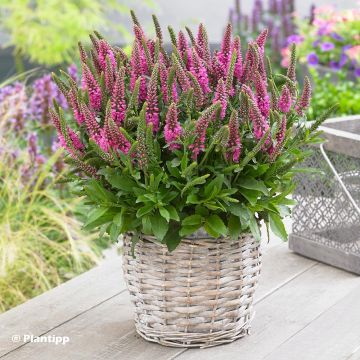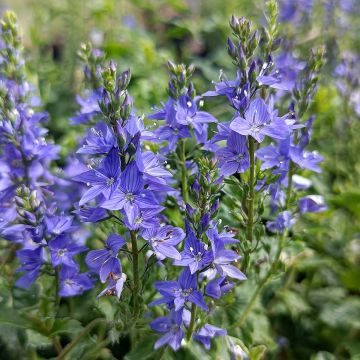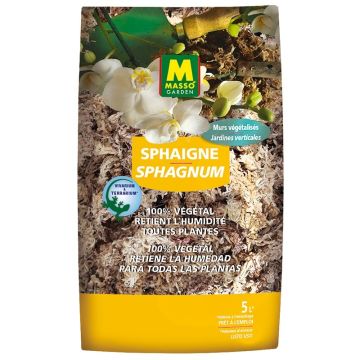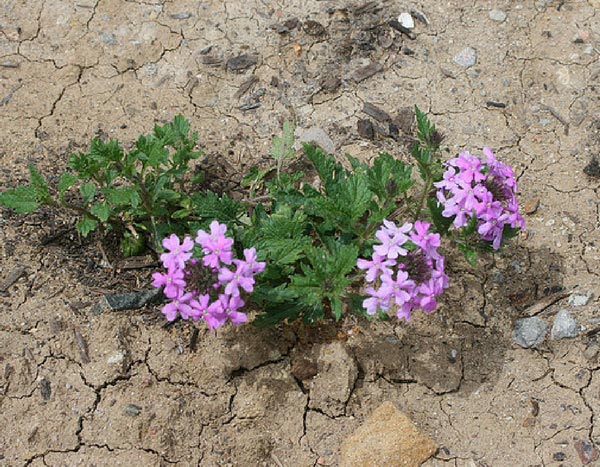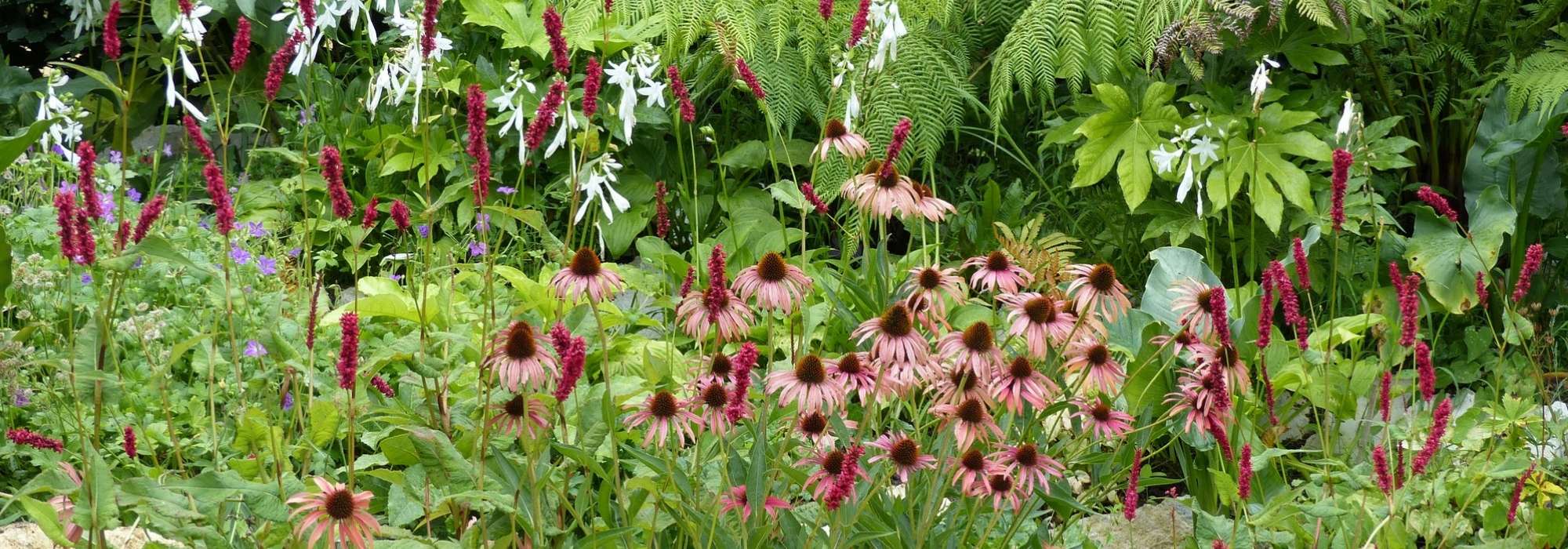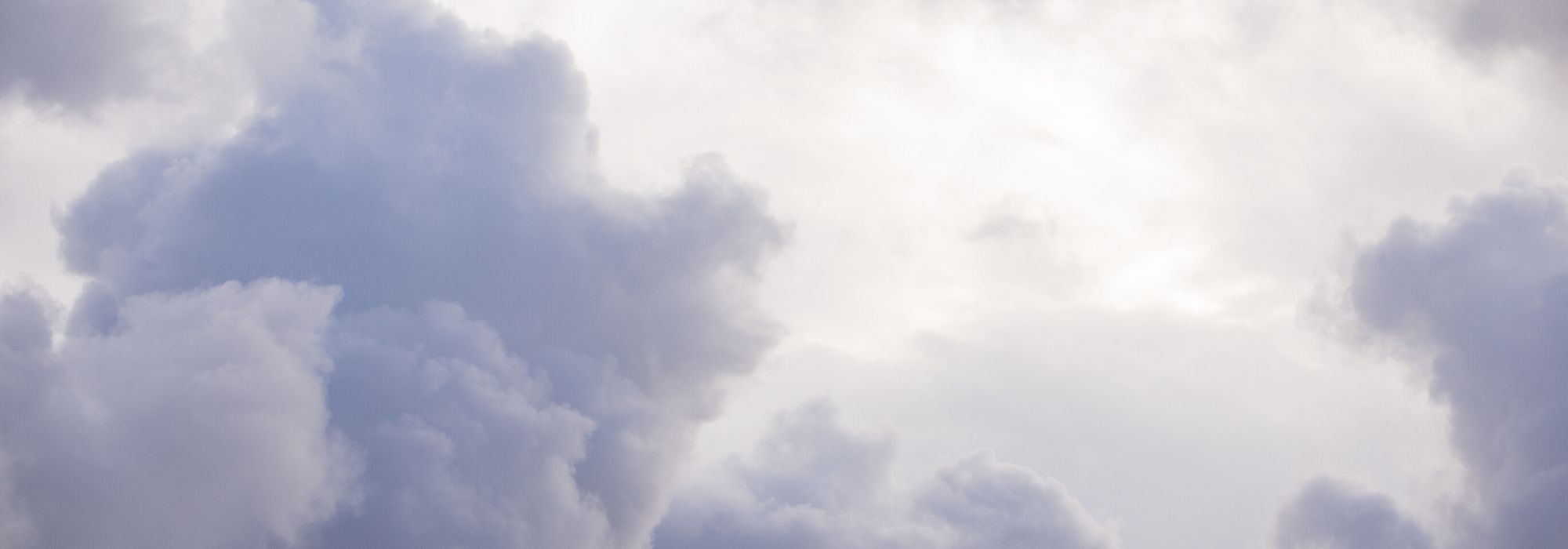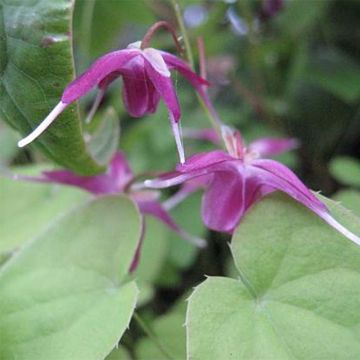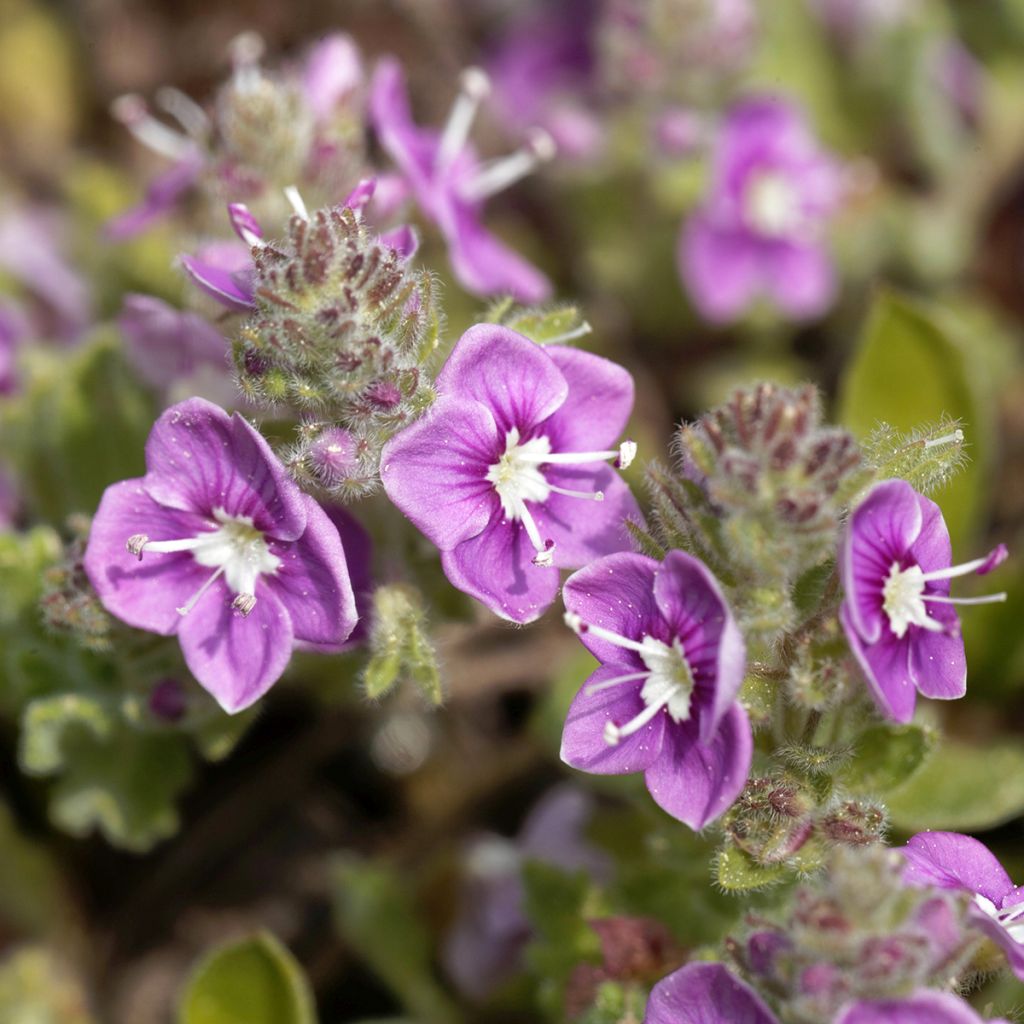

Veronica surculosa
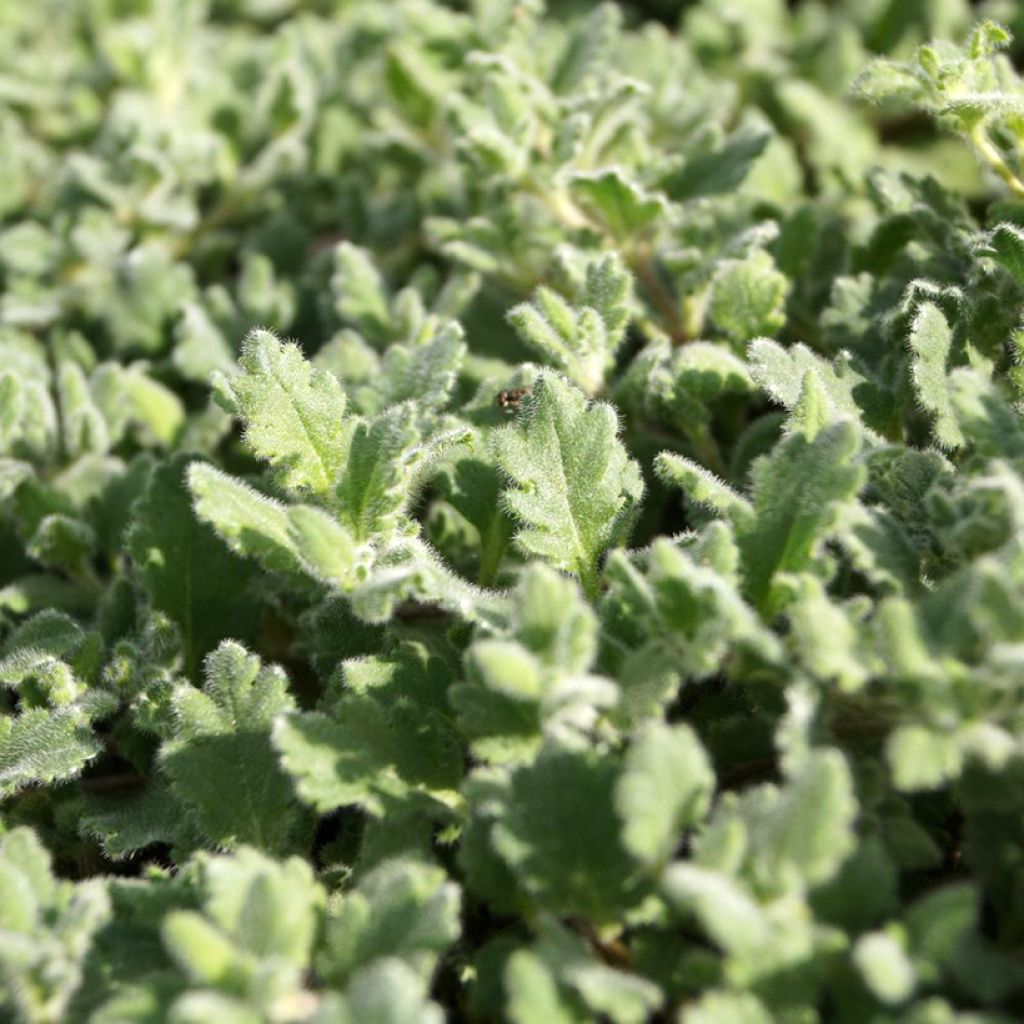

Veronica surculosa


Veronica surculosa


Veronica surculosa
Veronica surculosa
Veronica surculosa
Special offer!
Receive a €20 voucher for any order over €90 (excluding delivery costs, credit notes, and plastic-free options)!
1- Add your favorite plants to your cart.
2- Once you have reached €90, confirm your order (you can even choose the delivery date!).
3- As soon as your order is shipped, you will receive an email containing your voucher code, valid for 3 months (90 days).
Your voucher is unique and can only be used once, for any order with a minimum value of €20, excluding delivery costs.
Can be combined with other current offers, non-divisible and non-refundable.
Why not try an alternative variety in stock?
View all →This plant carries a 12 months recovery warranty
More information
We guarantee the quality of our plants for a full growing cycle, and will replace at our expense any plant that fails to recover under normal climatic and planting conditions.
Does this plant fit my garden?
Set up your Plantfit profile →
Description
The Veronica surculosa is a small speedwell of Turkish origin with a trailing and vigorous growth habit. Its prostrate branches are covered with small light green to gray leaves. Semi-evergreen in winter, this perennial plant blooms with blue-violet flowers in late spring and early summer. Alpine in its native habitat, it thrives in full sun or partial shade and can be planted in rock gardens, borders, or containers.
The Veronica surculosa is a perennial plant with rooting stems from the family Scrophulariaceae. Very similar to Veronica cuneifolia, this species is native to Turkey, where it grows on limestone slopes and cliffs between 2130 and 3050 m in altitude. It grows slowly, forming numerous short and prostrate branches on the ground. The foliage does not exceed 5 cm in height, with thin stems resembling stolons. Each stem produces roots at the nodes, allowing the plant to cover the ground over a minimum surface area of 40 cm in diameter, and even more over time. The foliage, a fairly light green color, is semi-evergreen and composed of clustered leaves, 5 to 10 mm long, oblong to lanceolate or almost spatulate, usually strongly revolute, densely glandular and pubescent. The flowers are blue or violet, 7 to 11 mm in diameter, arranged in racemes. They appear in early summer.
The Veronica surculosa can be planted in rock gardens, slopes, flower beds, borders, or as a foreground plant in flower beds. Very resilient, it covers the ground everywhere, even in unfavorable conditions. In containers and hanging baskets, it can be planted at the base of taller and more upright perennials, forming a trailing carpet along the edges of the pot. Along a pathway, it can be planted in mass. In poor soil, it can be paired with thymes to replace the lawn on a small area with light foot traffic. It can tolerate competition from moderately strong roots. It can be paired with chamomiles, Antennaria dioica 'Rubra', and Pulsatillas.
Veronica surculosa in pictures


Flowering
Foliage
Plant habit
Botanical data
Veronica
surculosa
Scrophulariaceae
Caucasus
Other Veronica - Speedwell
View all →Planting and care
Beautiful ground-cover variety, very hardy (up to -25°C), to be planted in any well-drained soil, ordinary, even rocky, acidic or sandy, or even slightly chalky, in full sun or partial shade in warm climates. While it tolerates summer drought, it dreads dry soils and arid situations, too far from the montane climate. Very useful in a rockery or as a border plant, it will reflower more easily with occasional watering and if care is taken to remove faded flowers by trimming, for example.
Planting period
Intended location
Care
Planting & care advice
This item has not been reviewed yet - be the first to leave a review about it.
Similar products
Haven't found what you were looking for?
Hardiness is the lowest winter temperature a plant can endure without suffering serious damage or even dying. However, hardiness is affected by location (a sheltered area, such as a patio), protection (winter cover) and soil type (hardiness is improved by well-drained soil).

Photo Sharing Terms & Conditions
In order to encourage gardeners to interact and share their experiences, Promesse de fleurs offers various media enabling content to be uploaded onto its Site - in particular via the ‘Photo sharing’ module.
The User agrees to refrain from:
- Posting any content that is illegal, prejudicial, insulting, racist, inciteful to hatred, revisionist, contrary to public decency, that infringes on privacy or on the privacy rights of third parties, in particular the publicity rights of persons and goods, intellectual property rights, or the right to privacy.
- Submitting content on behalf of a third party;
- Impersonate the identity of a third party and/or publish any personal information about a third party;
In general, the User undertakes to refrain from any unethical behaviour.
All Content (in particular text, comments, files, images, photos, videos, creative works, etc.), which may be subject to property or intellectual property rights, image or other private rights, shall remain the property of the User, subject to the limited rights granted by the terms of the licence granted by Promesse de fleurs as stated below. Users are at liberty to publish or not to publish such Content on the Site, notably via the ‘Photo Sharing’ facility, and accept that this Content shall be made public and freely accessible, notably on the Internet.
Users further acknowledge, undertake to have ,and guarantee that they hold all necessary rights and permissions to publish such material on the Site, in particular with regard to the legislation in force pertaining to any privacy, property, intellectual property, image, or contractual rights, or rights of any other nature. By publishing such Content on the Site, Users acknowledge accepting full liability as publishers of the Content within the meaning of the law, and grant Promesse de fleurs, free of charge, an inclusive, worldwide licence for the said Content for the entire duration of its publication, including all reproduction, representation, up/downloading, displaying, performing, transmission, and storage rights.
Users also grant permission for their name to be linked to the Content and accept that this link may not always be made available.
By engaging in posting material, Users consent to their Content becoming automatically accessible on the Internet, in particular on other sites and/or blogs and/or web pages of the Promesse de fleurs site, including in particular social pages and the Promesse de fleurs catalogue.
Users may secure the removal of entrusted content free of charge by issuing a simple request via our contact form.
The flowering period indicated on our website applies to countries and regions located in USDA zone 8 (France, the United Kingdom, Ireland, the Netherlands, etc.)
It will vary according to where you live:
- In zones 9 to 10 (Italy, Spain, Greece, etc.), flowering will occur about 2 to 4 weeks earlier.
- In zones 6 to 7 (Germany, Poland, Slovenia, and lower mountainous regions), flowering will be delayed by 2 to 3 weeks.
- In zone 5 (Central Europe, Scandinavia), blooming will be delayed by 3 to 5 weeks.
In temperate climates, pruning of spring-flowering shrubs (forsythia, spireas, etc.) should be done just after flowering.
Pruning of summer-flowering shrubs (Indian Lilac, Perovskia, etc.) can be done in winter or spring.
In cold regions as well as with frost-sensitive plants, avoid pruning too early when severe frosts may still occur.
The planting period indicated on our website applies to countries and regions located in USDA zone 8 (France, United Kingdom, Ireland, Netherlands).
It will vary according to where you live:
- In Mediterranean zones (Marseille, Madrid, Milan, etc.), autumn and winter are the best planting periods.
- In continental zones (Strasbourg, Munich, Vienna, etc.), delay planting by 2 to 3 weeks in spring and bring it forward by 2 to 4 weeks in autumn.
- In mountainous regions (the Alps, Pyrenees, Carpathians, etc.), it is best to plant in late spring (May-June) or late summer (August-September).
The harvesting period indicated on our website applies to countries and regions in USDA zone 8 (France, England, Ireland, the Netherlands).
In colder areas (Scandinavia, Poland, Austria...) fruit and vegetable harvests are likely to be delayed by 3-4 weeks.
In warmer areas (Italy, Spain, Greece, etc.), harvesting will probably take place earlier, depending on weather conditions.
The sowing periods indicated on our website apply to countries and regions within USDA Zone 8 (France, UK, Ireland, Netherlands).
In colder areas (Scandinavia, Poland, Austria...), delay any outdoor sowing by 3-4 weeks, or sow under glass.
In warmer climes (Italy, Spain, Greece, etc.), bring outdoor sowing forward by a few weeks.









































